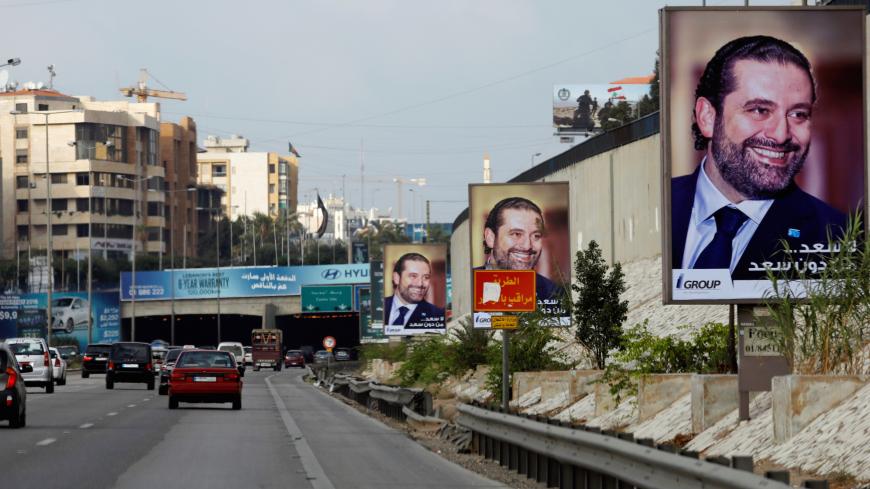Iranian authorities scramble to deal with quake aftermath
Al-Monitor travels to the towns of western Iran, where a 7.3 magnitude earthquake has left at least 452 dead and many more homeless.

KERMANSHAH PROVINCE, Iran — Across Iran’s western Kermanshah province, tents can be seen in parks and along roadsides. Some tents are for people who lost their homes in the Nov. 12 earthquake, and other tents are for those who fear that another earthquake might strike. The city of Sarpol-e Zahab was the most affected by the powerful, 7.3 magnitude quake that has killed at least 452 people, but other cities and towns, such as Eslamabad-e Gharb and Qasr-e Shireen, were also hit hard.
Upon entering Eslamabad-e Gharb, the first thing one sees are white tents in the main park. While the devastation in this city, which has a population of around 80,000, is less than elsewhere in the province, the facade of its main hospital and some buildings in the western part of the city were badly damaged. “This building was only finished two years ago,” said a resident of a damaged apartment building. “It was God’s mercy that none of the 15 families living here were killed.”









